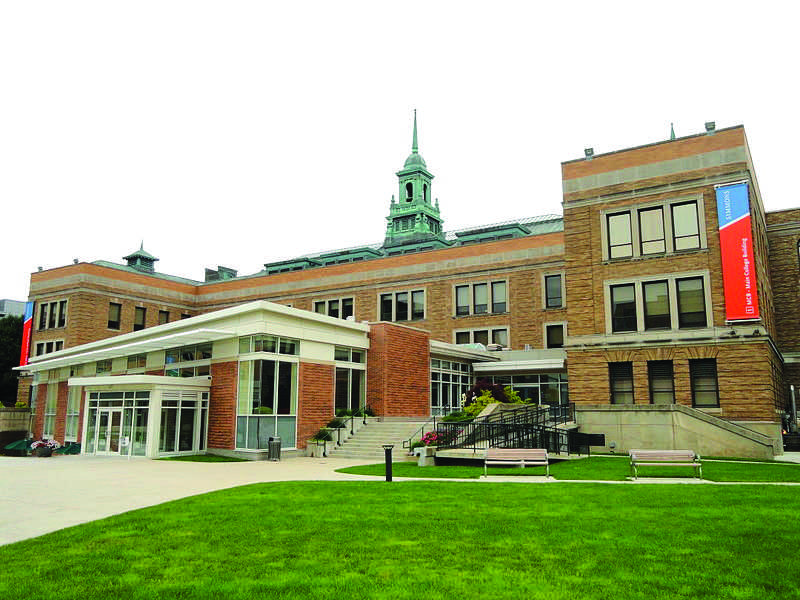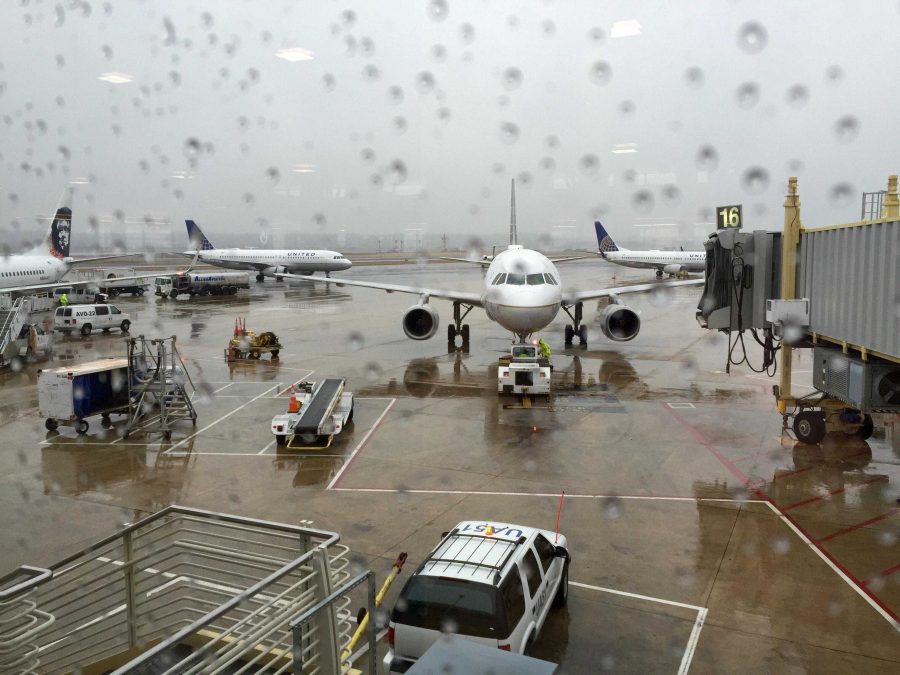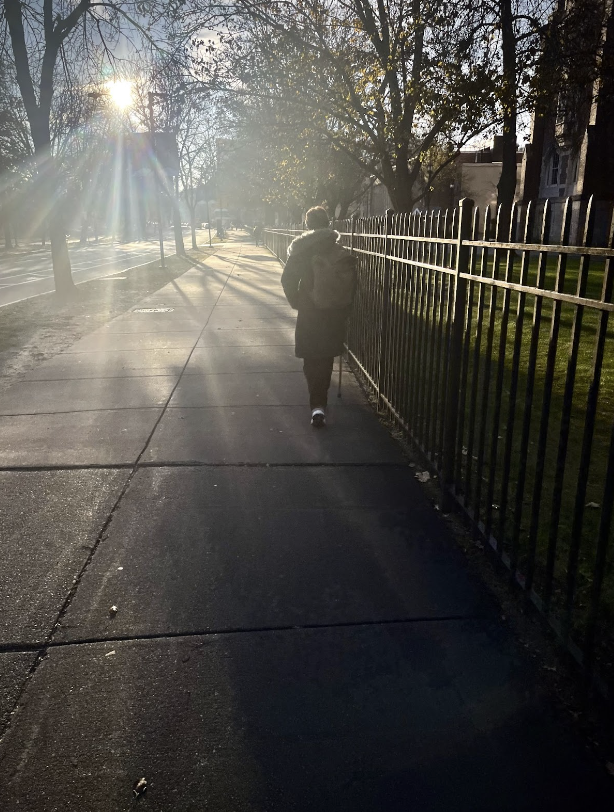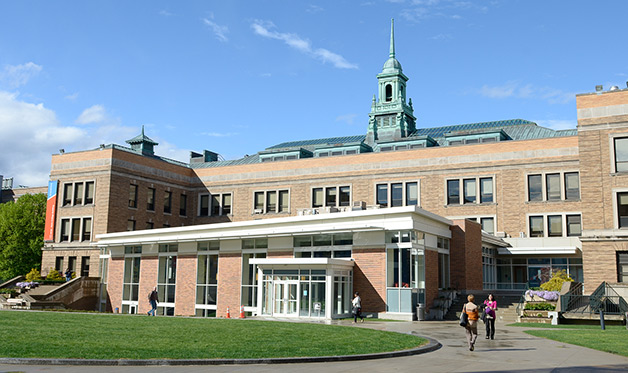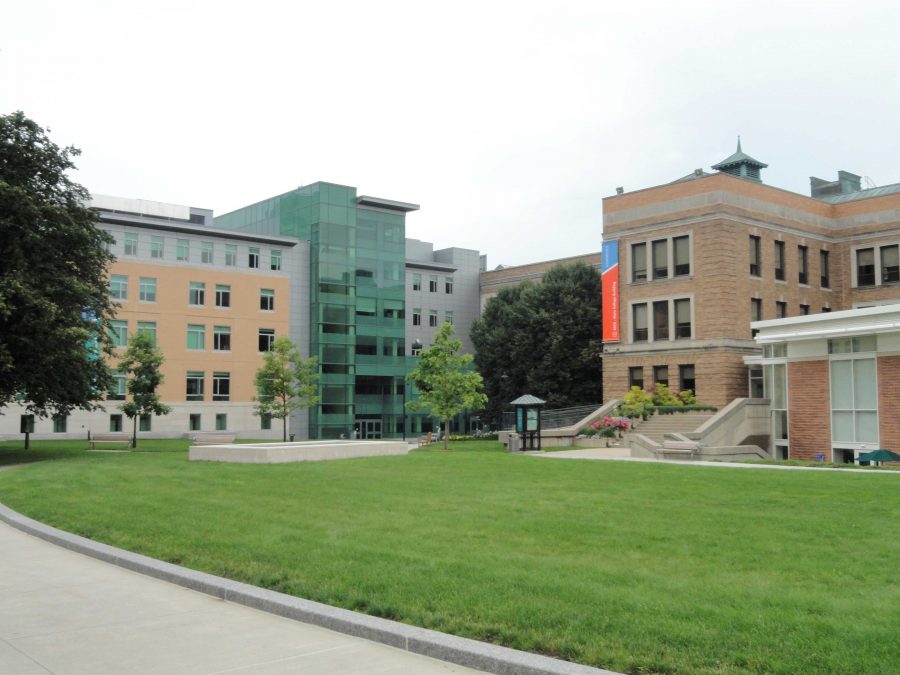By Haley Costen
Staff Writer
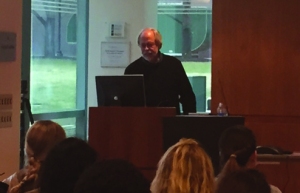
Dan Connell, retired senior lecturer in journalism and African Studies at the College, gave a Warburg lecture on the journeys and struggles of Eritrean refugees on Tuesday.
Connell, who retired from the College last June, has dedicated much of the past 40 years to writing and researching the small African nation of Eritrea, and has spent most of his time since retirement following the plight of Eritrean refugees.
“Literally hundreds of thousands of people have fled the small northeast African state of Eritrea,” Connell said, adding that the country is one of the largest per capita of asylum seekers. Eritrea also produces the second largest number of asylum seekers to Europe after Syria, according to Connell.
One of the biggest reasons people seek asylum from European countries and the U.S. is its program of indefinite national service, Connell explained.
Connell spoke of cases where Eritreans were forced into the national service immediately upon graduation from high school and served for years, often facing severe punishments upon small slights like asking when they can go back to school.
Connell shared the story of Nataniel, one of about 200 he has interviewed in-depth on the plight of Eritrean refugees.
At age 19, after finishing only the ninth grade, Nataniel was pulled from school because the Eritrean government claimed he was “too old” to be in school. He was forced to join the national service, where he met others in similar situations forced into service for 14 or 15 years. After an argument with a superior, Nataniel fled, fearing punishments like being hung “helicopter style” in the sun with his arms and legs tied behind his back, or locked in a solitary underground prison.
Nataniel escaped to Ethiopia where he was put in a refugee camp and paid smugglers to help him get to Sudan. Nataniel, along with 16 other refugees crammed in the back of a pickup truck, was caught and sent back to Ethiopia.
On his second attempt to leave Ethiopia, Nataniel was caught by armed men and tortured until his family could send him $3,500. However, upon giving them the $3,500, the kidnappers demanded $22,000 each from Nataniel and the other captives. While he eventually escaped, he was caught by the Egyptian military and jailed for five months.
Salvation came when he arrived later in Sudan and arranged to take a boat to Italy. However, Nataniel was on the Lampedusa, which was wrecked in October 2013 and resulted in the death of about 300 passengers. But Nataniel survived and finaly made it to Italy and was flown to Rome with the other survivors and paraded for the media and E.U. delegates.
Nataniel’s journey to asylum is not an uncommon path, according to Connell.
It takes years to reach Europe or the U.S., with Refugees often kidnapped or jailed in between, forced to pay around $30,000 before the eventually making it to their destination. Other refugees die on the journey through the Sahara to reach Libya or face danger in countries facing conflicts of their own.
“They’ve even been denied entry into the U.S. and Canada in recent years,” Connell said, explaining that due to a terrorism bar, the refugees are denied because they work for an armed force, despite the fact that they are fleeing that same force.
Denmark, the UK, and other European countries have also attempted to raise the bar for refugees, claiming that things are improving in Eritrea and that there is no reason to grant them asylum, according to Connell.
“It’s never been easy being an Eritrean,” Connell said. “And it’s gotten even harder in recent months.”
Connell presented a slideshow on his travels throughout the world, tracing the steps of refugees seeking asylum. Connell visited camps and spoke to refugees in Ethiopia, Egypt, Israel, Italy and France before traveling to South America. Refugees often fly from Moscow to Cuba, where they travel to Ecuador, then Colombia, and Panama before reaching Mexico and eventually the U.S. into Texas or California.
He noted that despite the assumption that they are simply seeking better working opportunities, they often reach their destination so deeply in debt that they are indentured to pay off the enormous sums they borrowed to get there.
“The year 2014 saw 35,000 Eritreans come into Europe, up from 10,000 the year before,” Connell said. “More are expected in 2015.”




